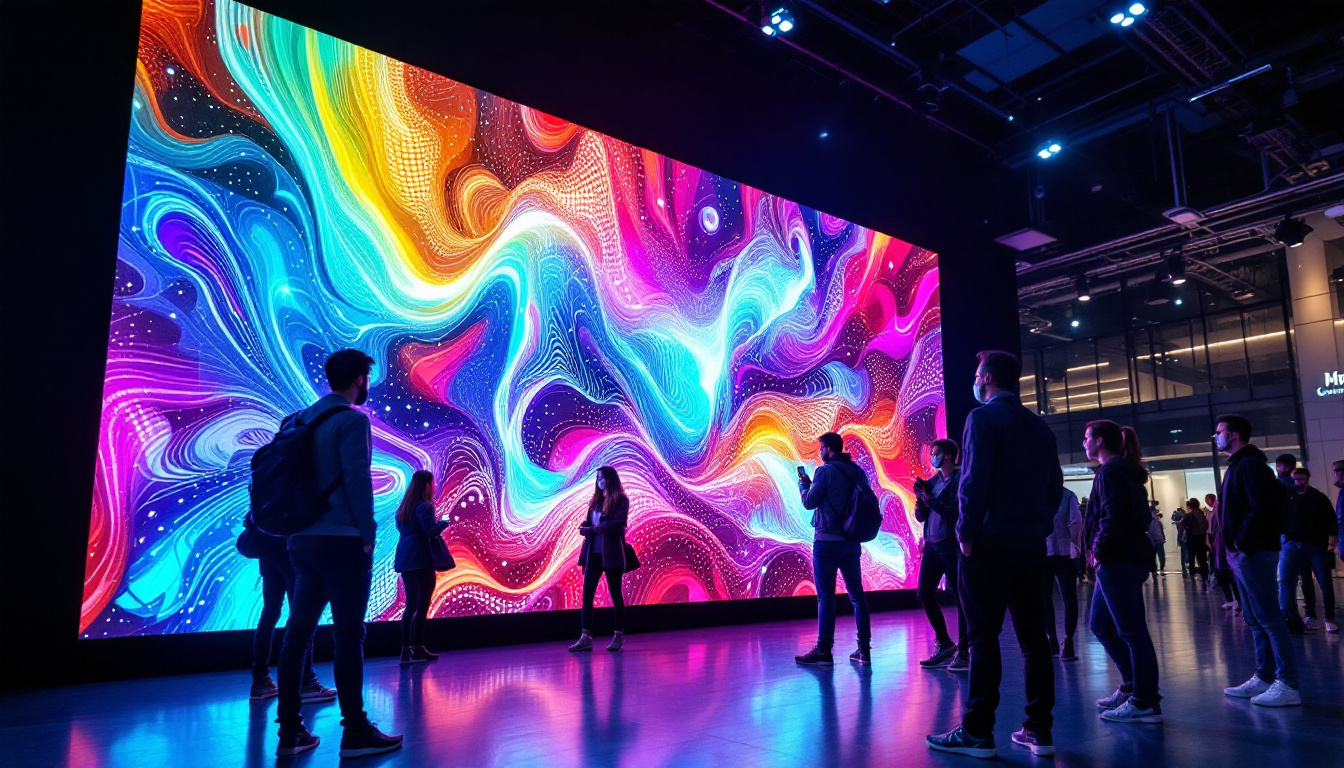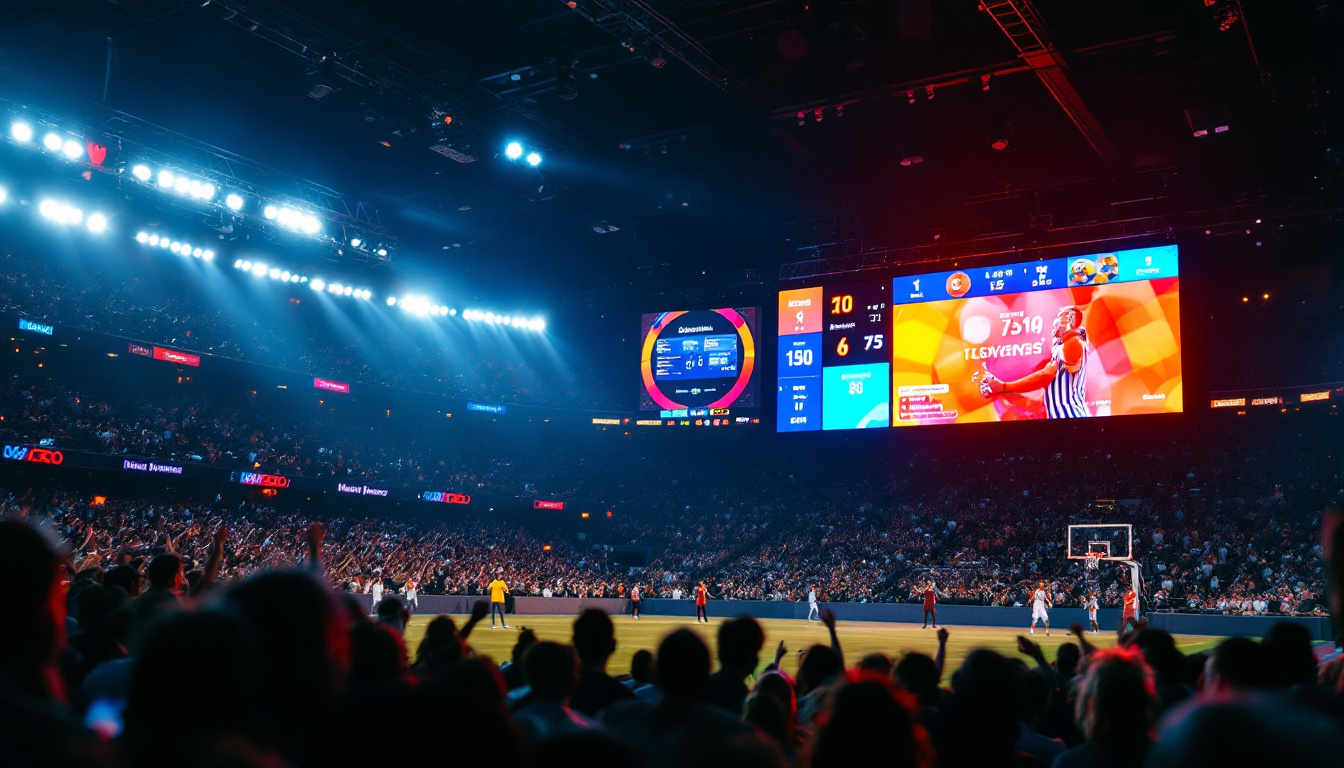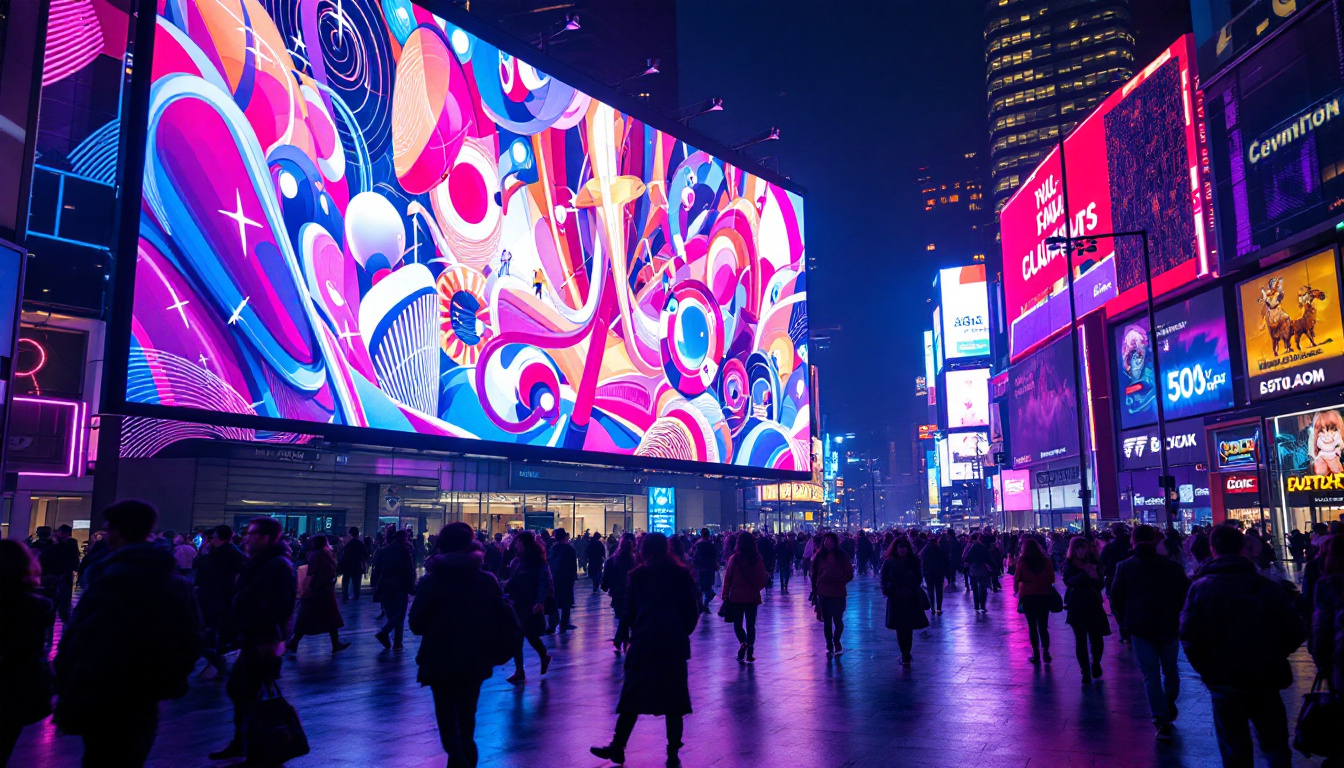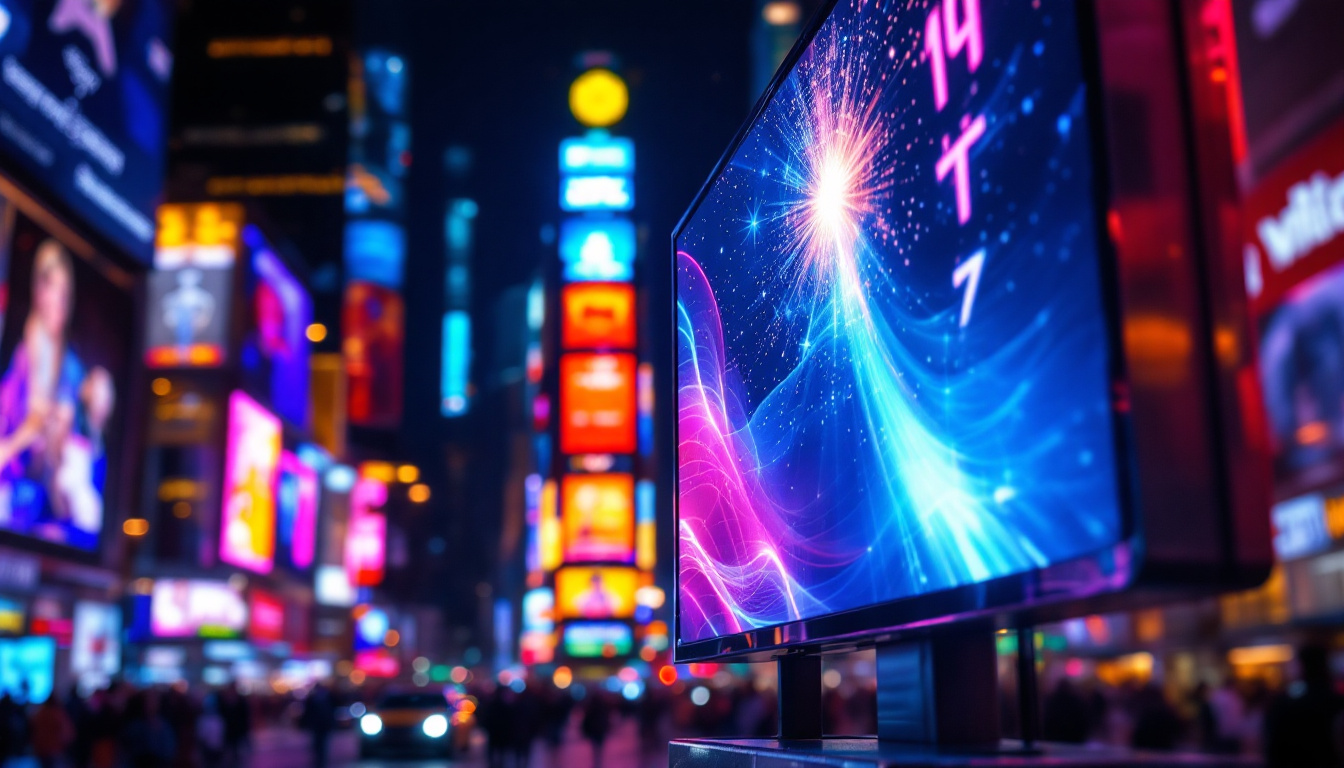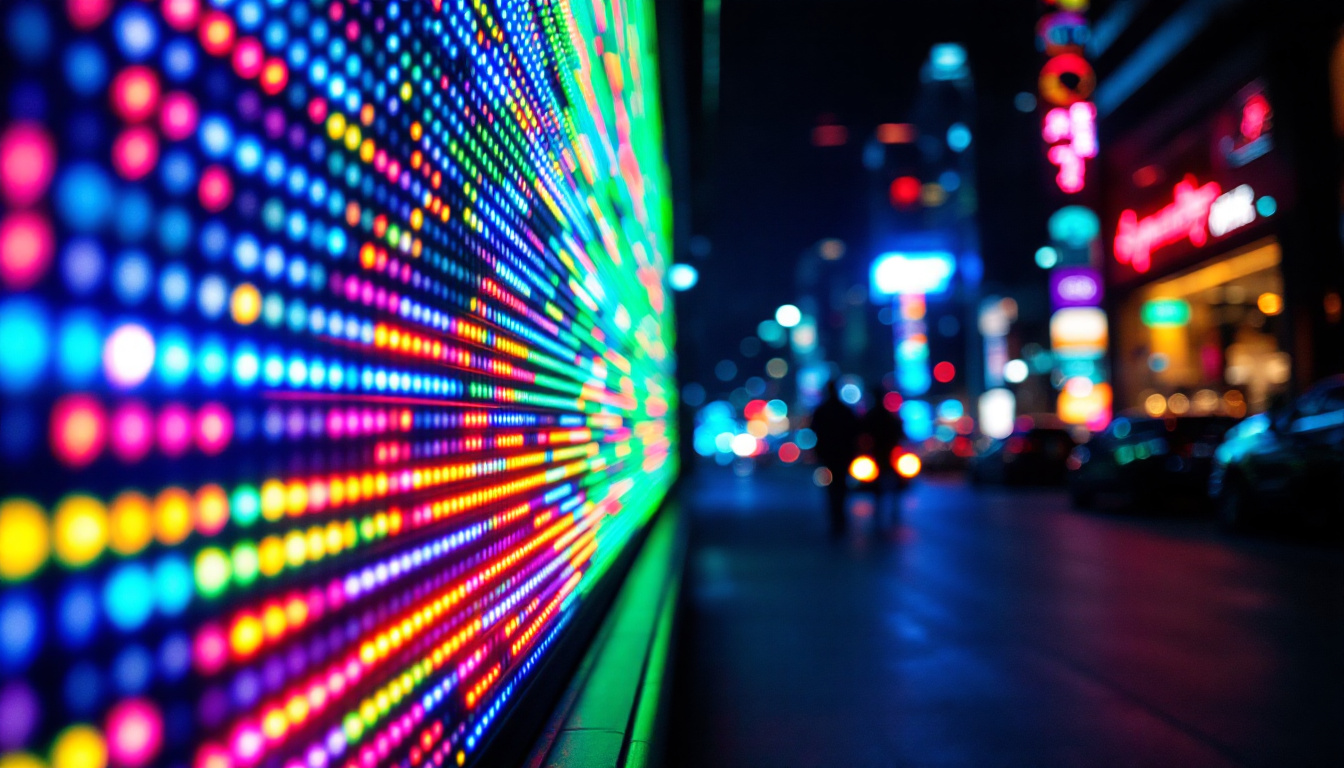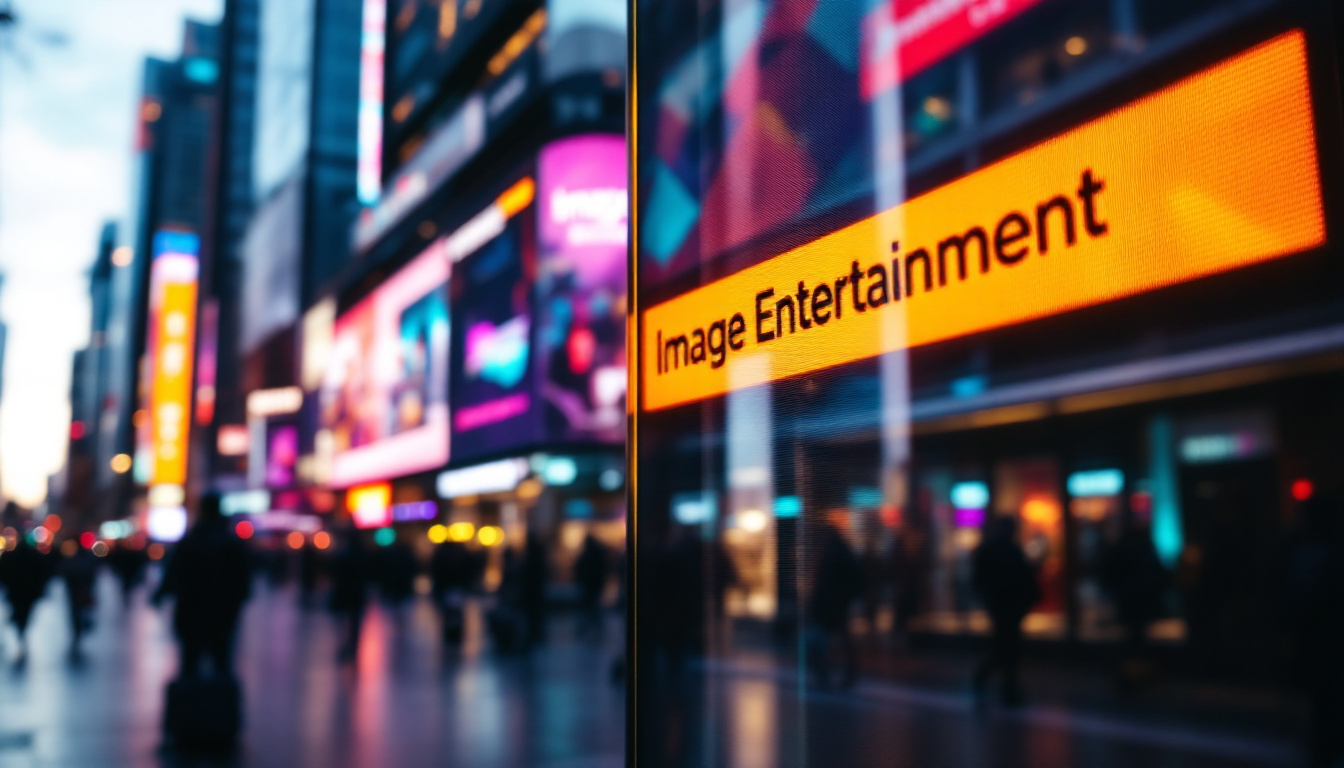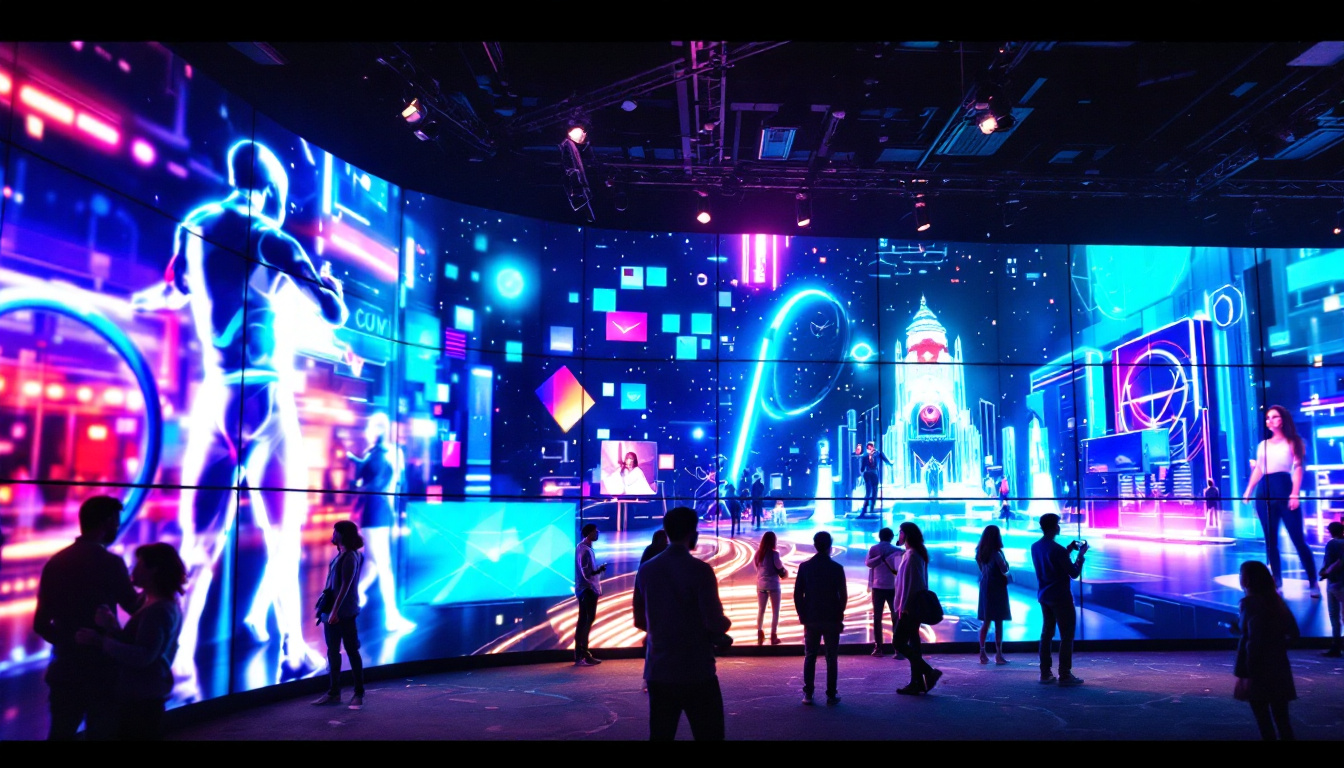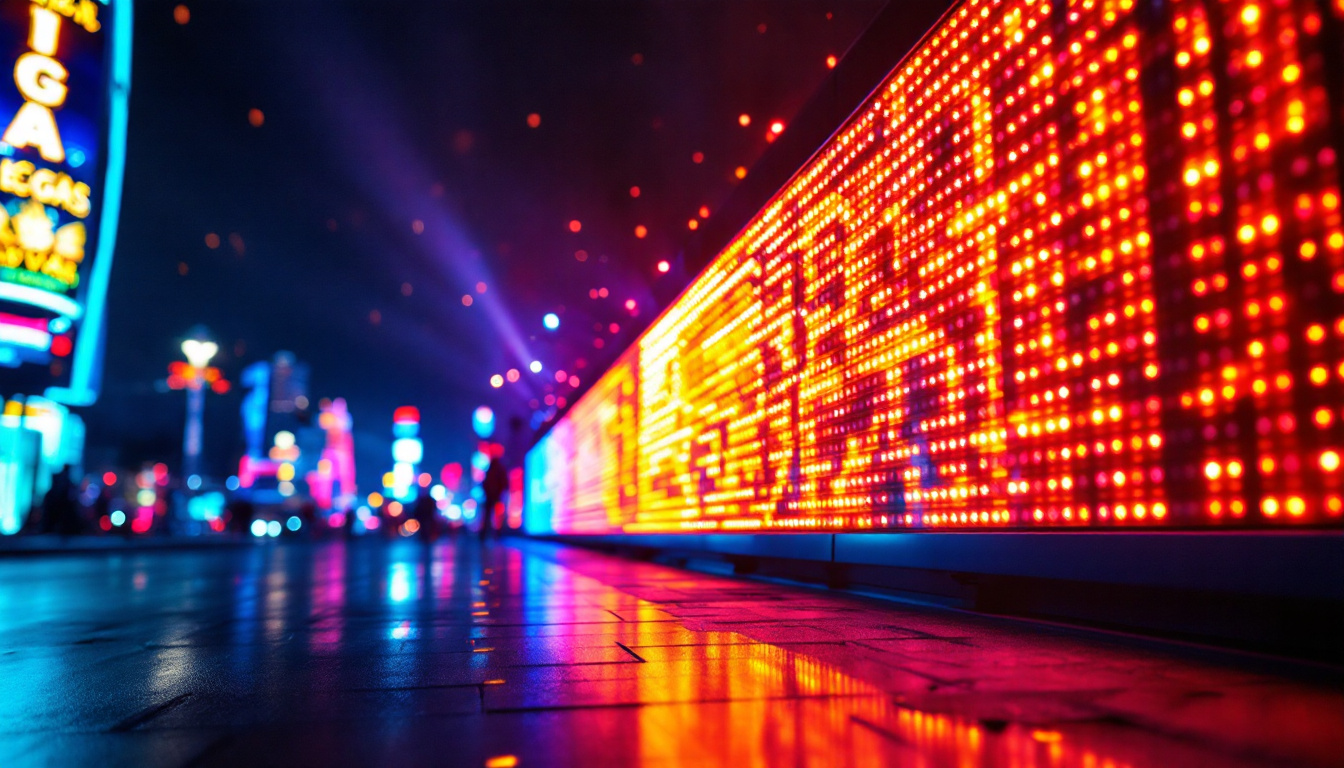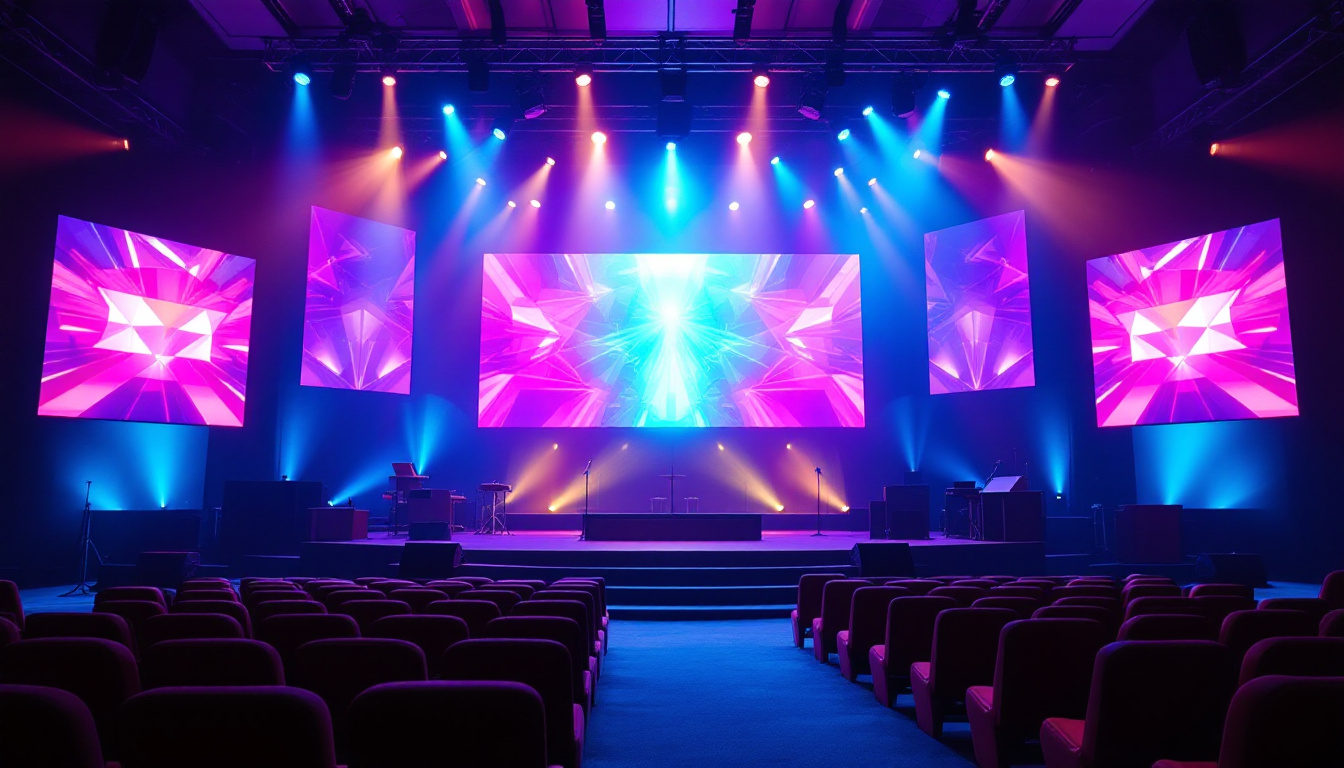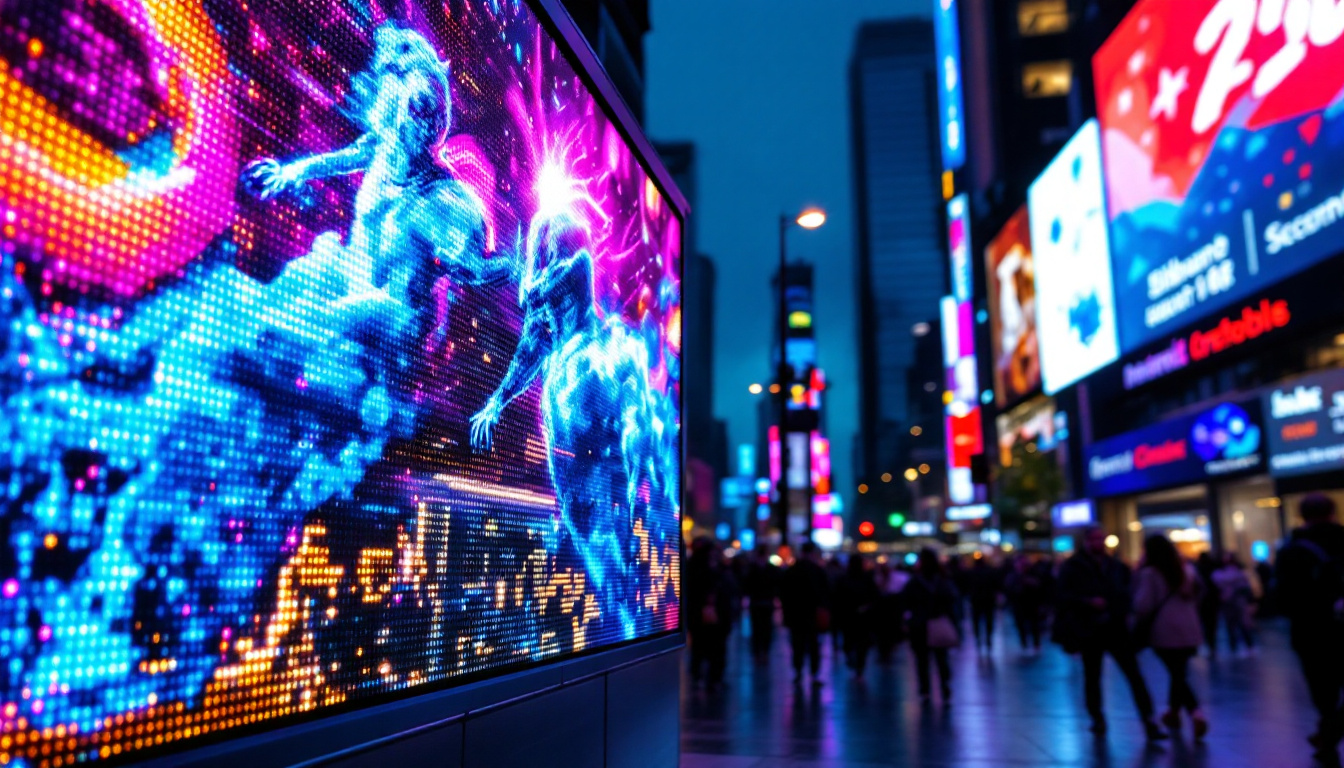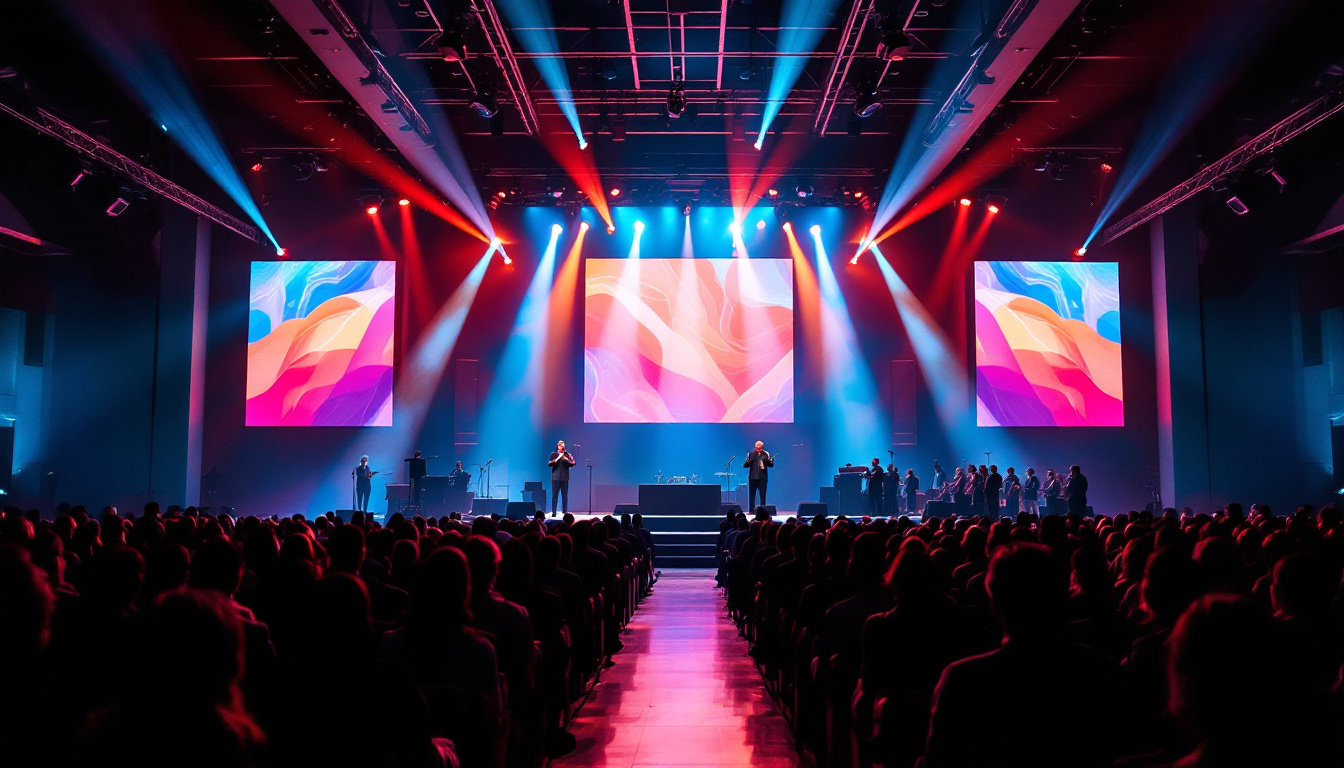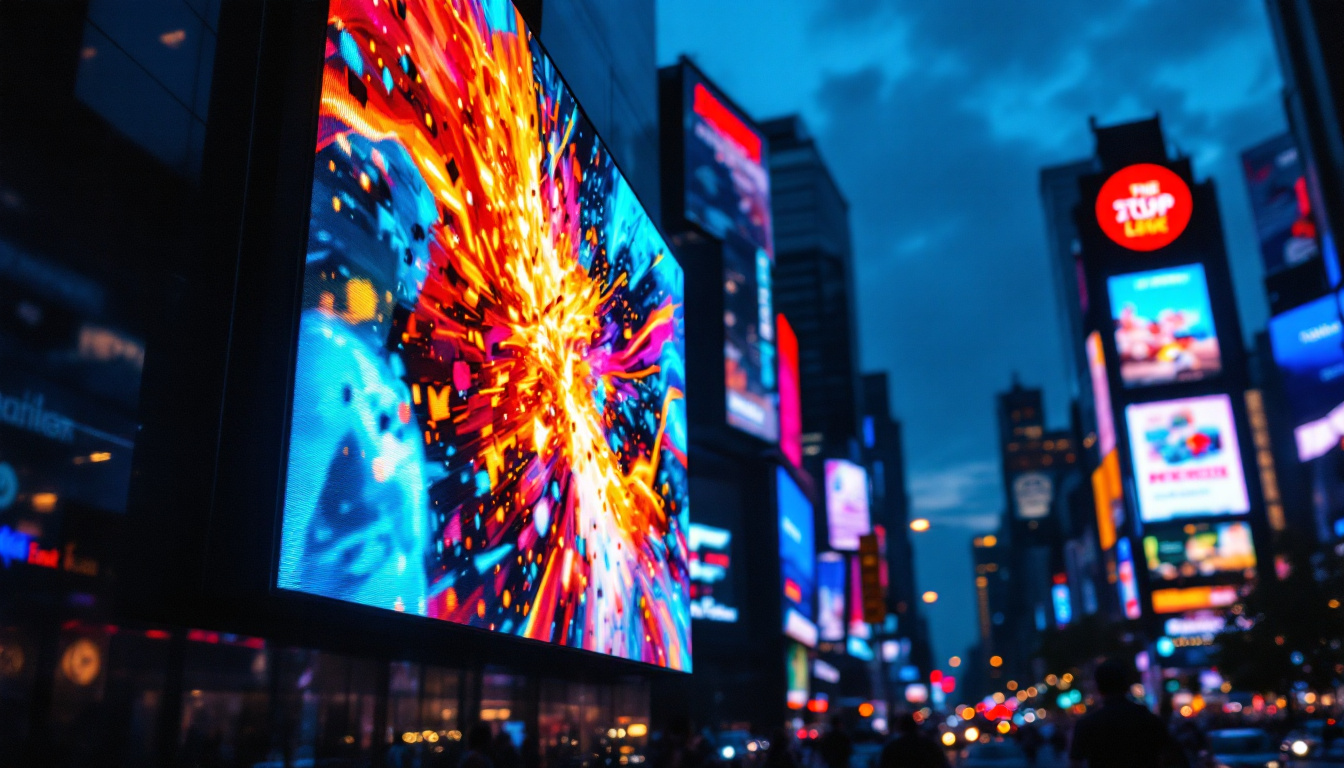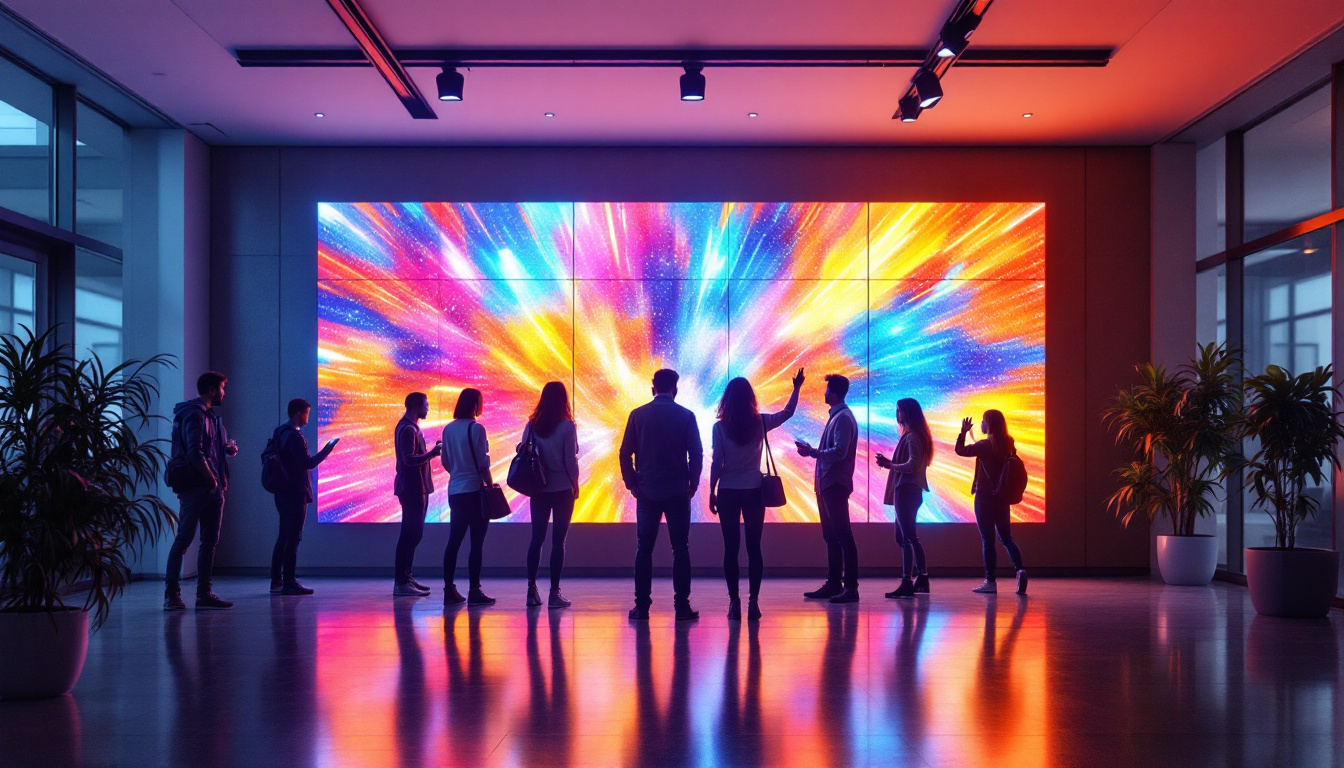In today’s fast-paced digital world, the way businesses communicate with their audiences has transformed dramatically. One of the most impactful innovations in this realm is digital signage, particularly through the use of LED displays. This article delves into what digital signage is, the technology behind LED displays, their advantages, and their applications across various industries.
Understanding Digital Signage
Digital signage refers to the use of digital displays to convey information, advertisements, and other content to an audience. These displays can be found in various formats, including LED, LCD, and projection systems. The primary goal of digital signage is to engage viewers, enhance communication, and ultimately drive business objectives.
The Evolution of Signage
Historically, signage has been a crucial element in marketing and communication. Traditional signs, whether printed or painted, have been used for centuries to attract attention and convey messages. However, with the advent of digital technology, businesses have shifted towards more dynamic and interactive forms of signage.
Digital signage has evolved from simple static displays to sophisticated systems capable of delivering real-time content updates, interactive features, and personalized messages. This evolution has been driven by advancements in display technology, software solutions, and the increasing demand for engaging customer experiences. Moreover, the integration of social media feeds and user-generated content into digital signage has created a more immersive experience, allowing businesses to connect with their audience on a deeper level.
How Digital Signage Works
At its core, digital signage operates through a combination of hardware and software. The hardware includes the display screens, media players, and network infrastructure, while the software manages content creation, scheduling, and distribution. Content can be remotely updated and tailored to specific audiences, making digital signage a versatile tool for communication.
The integration of cloud-based solutions has further enhanced the capabilities of digital signage, allowing for real-time updates and remote management from virtually anywhere. This flexibility is a significant advantage over traditional signage, which often requires physical changes to update content. Additionally, the ability to analyze viewer engagement through metrics and data analytics has empowered businesses to refine their messaging strategies, ensuring that the content displayed resonates with their target audience. As a result, digital signage not only serves as a communication tool but also as a valuable source of insights that can drive marketing decisions.
LED Displays: The Heart of Digital Signage
LED (Light Emitting Diode) displays have become the preferred choice for digital signage due to their brightness, energy efficiency, and versatility. Unlike traditional display technologies, LED displays offer superior image quality and can be used in a variety of environments, from outdoor billboards to indoor retail spaces.
What Makes LED Displays Unique?
LED displays utilize tiny diodes that emit light when an electric current passes through them. This technology allows for vibrant colors, high contrast ratios, and the ability to display content in various resolutions. The modular nature of LED displays also means they can be scaled to fit any size or shape, making them suitable for a wide range of applications.
One of the standout features of LED displays is their ability to perform well in bright environments. Whether placed in direct sunlight or well-lit indoor spaces, LED displays maintain visibility and clarity, ensuring that messages are effectively communicated to the audience.
Types of LED Displays
There are several types of LED displays, each designed for specific applications. The most common types include:
- Indoor LED Displays: These displays are designed for use in controlled environments, such as retail stores, airports, and conference centers. They typically offer higher resolution and finer pixel pitch for detailed images.
- Outdoor LED Displays: Built to withstand harsh weather conditions, outdoor LED displays are larger and brighter than their indoor counterparts. They are often used for billboards, stadiums, and public transportation hubs.
- Transparent LED Displays: These innovative displays allow for visibility through the screen while still displaying content. They are ideal for retail environments where maintaining an open feel is essential.
The Advantages of LED Digital Signage
LED digital signage offers numerous benefits that make it an attractive option for businesses looking to enhance their communication strategies. From cost-effectiveness to environmental sustainability, the advantages are compelling.
Cost-Effectiveness
While the initial investment in LED technology can be higher than traditional signage, the long-term savings are significant. LED displays consume less energy, have a longer lifespan, and require minimal maintenance compared to other display technologies. This translates to lower operational costs over time.
Furthermore, the ability to update content remotely means businesses can save on printing and installation costs associated with traditional signage. The flexibility to change messages quickly allows for timely promotions and announcements, maximizing marketing effectiveness.
Enhanced Visibility and Engagement
One of the primary reasons businesses choose LED displays is their ability to capture attention. The brightness and clarity of LED screens make them stand out, even in crowded environments. This enhanced visibility leads to increased engagement from passersby, making it easier to convey messages and drive customer actions.
Moreover, the dynamic nature of digital signage allows for the use of animations, videos, and interactive content, further increasing viewer engagement. This interactivity can lead to higher retention rates and a more memorable experience for the audience.
Applications of LED Digital Signage
The versatility of LED digital signage means it can be applied across various industries and settings. From retail to transportation, the applications are vast and varied.
Retail and Advertising
In the retail sector, LED displays are used to promote products, share promotions, and create immersive shopping experiences. They can be strategically placed at entrances, checkout areas, or within store aisles to grab customer attention and drive sales.
advertising agencies also leverage LED displays for outdoor advertising campaigns. High-traffic locations, such as highways and city centers, benefit from the visibility and impact of large LED billboards, allowing brands to reach a broad audience effectively.
Transportation Hubs
Airports, train stations, and bus terminals utilize LED displays for real-time information sharing, including flight schedules, delays, and safety announcements. The ability to update information instantly is crucial in these environments, where timely communication is essential for passenger convenience and safety.
Additionally, digital signage in transportation hubs can enhance the passenger experience by showcasing advertisements, local attractions, and services available within the facility.
Corporate and Educational Settings
In corporate environments, LED displays are used for internal communication, displaying important announcements, meeting schedules, and employee recognition. They can also serve as digital bulletin boards, fostering a sense of community within the workplace.
educational institutions have embraced LED signage for campus communication, event promotions, and wayfinding. These displays can help guide students and visitors while also serving as a platform for sharing important information.
Challenges and Considerations
While LED digital signage offers numerous advantages, there are also challenges and considerations that businesses must address. Understanding these factors is crucial for successful implementation and operation.
Initial Investment and Budgeting
The upfront cost of purchasing and installing LED displays can be significant. Businesses must carefully evaluate their budgets and consider the return on investment (ROI) when implementing digital signage solutions. A well-thought-out strategy can help justify the initial expenditure by demonstrating the long-term benefits.
Additionally, ongoing costs such as content creation, software subscriptions, and maintenance should be factored into the overall budget. Businesses should plan for these expenses to ensure the sustainability of their digital signage initiatives.
Content Management and Strategy
Effective digital signage relies heavily on engaging and relevant content. Businesses must develop a content strategy that aligns with their goals and resonates with their target audience. This may involve creating a content calendar, sourcing high-quality visuals, and regularly updating messages to keep the display fresh and engaging.
Furthermore, utilizing content management software can streamline the process of scheduling and distributing content across multiple displays. This ensures consistency and maximizes the impact of digital signage efforts.
The Future of LED Digital Signage
As technology continues to advance, the future of LED digital signage looks promising. Innovations in display technology, content management systems, and interactivity are set to enhance the capabilities of digital signage even further.
Emerging Technologies
One of the most exciting developments in digital signage is the integration of artificial intelligence (AI) and machine learning. These technologies can analyze audience behavior and preferences, allowing for personalized content delivery that resonates with viewers on a deeper level.
Additionally, augmented reality (AR) and virtual reality (VR) are poised to revolutionize how businesses engage with their audiences through digital signage. These immersive experiences can create a lasting impression and drive customer engagement to new heights.
Environmental Considerations
As sustainability becomes a growing concern, the LED industry is also focusing on eco-friendly practices. Advances in energy efficiency and recycling programs for old displays are paving the way for greener digital signage solutions. Businesses that prioritize sustainability can enhance their brand image while contributing to environmental conservation.
Conclusion
Digital signage, particularly through LED displays, has transformed the way businesses communicate with their audiences. With their vibrant visuals, versatility, and dynamic content capabilities, LED displays offer numerous advantages that can enhance marketing efforts and improve customer engagement.
By understanding the technology, applications, and challenges associated with LED digital signage, businesses can make informed decisions that align with their goals. As the industry continues to evolve, embracing emerging technologies and sustainable practices will be essential for staying competitive in the digital landscape.
Discover LumenMatrix LED Display Solutions
Ready to elevate your brand’s visual impact and captivate your audience like never before? Explore LumenMatrix’s innovative LED display technologies, from Indoor and Outdoor LED Walls to specialized solutions like Vehicle, Sports, and Floor LED Displays. Our mission at LumenMatrix is to revolutionize your visual storytelling with displays that dazzle and engage. Don’t just share your message—make it unforgettable. Check out LumenMatrix LED Display Solutions today and see the difference cutting-edge technology can make.





